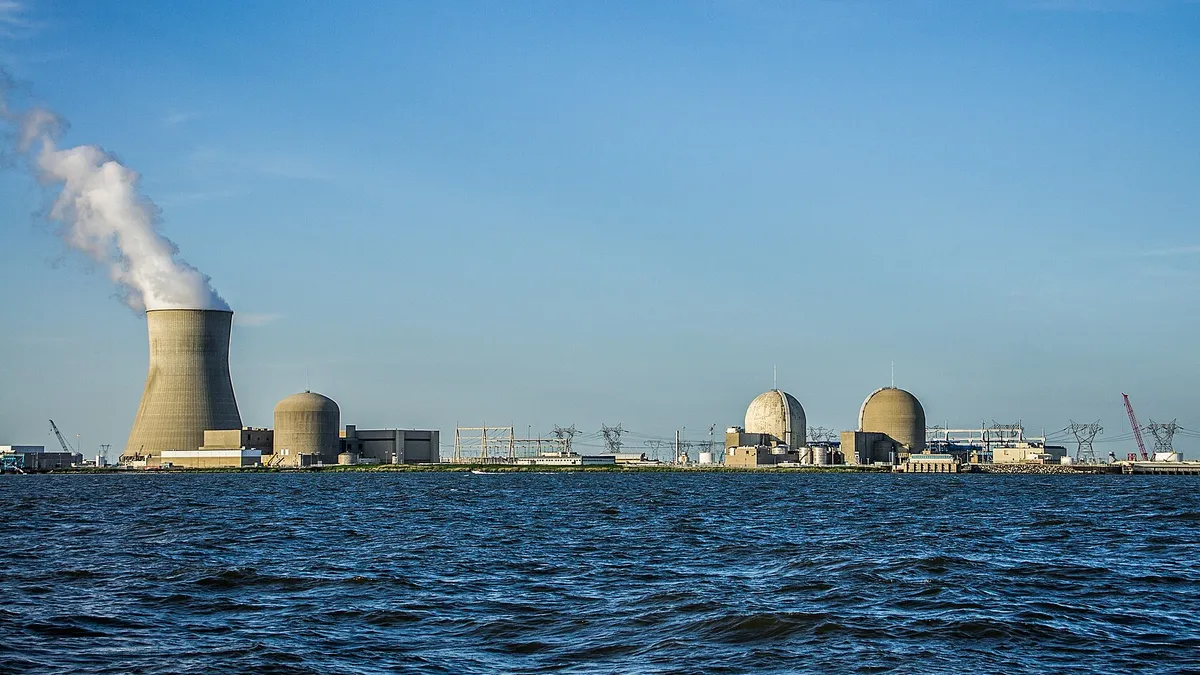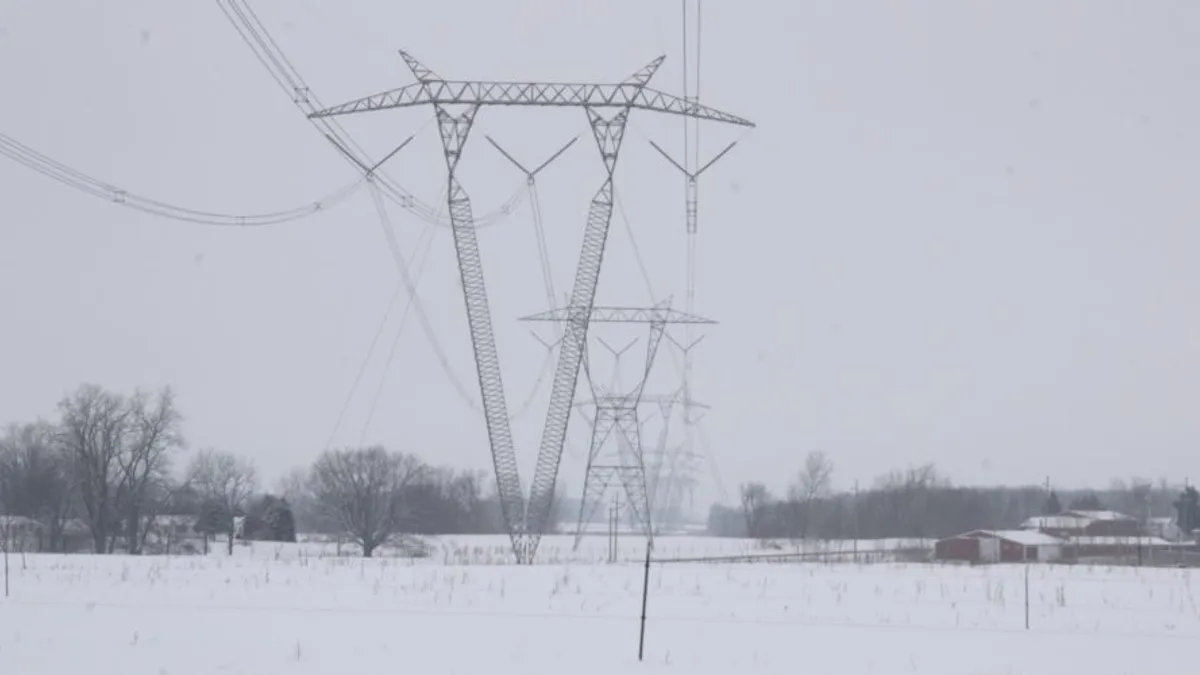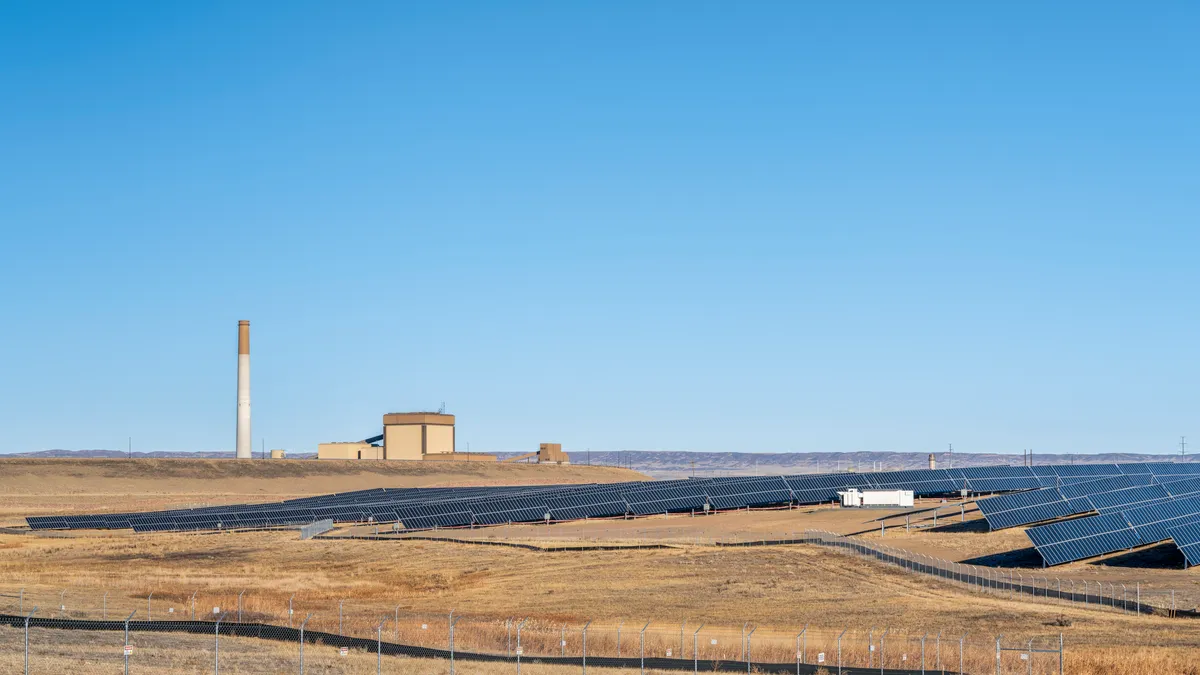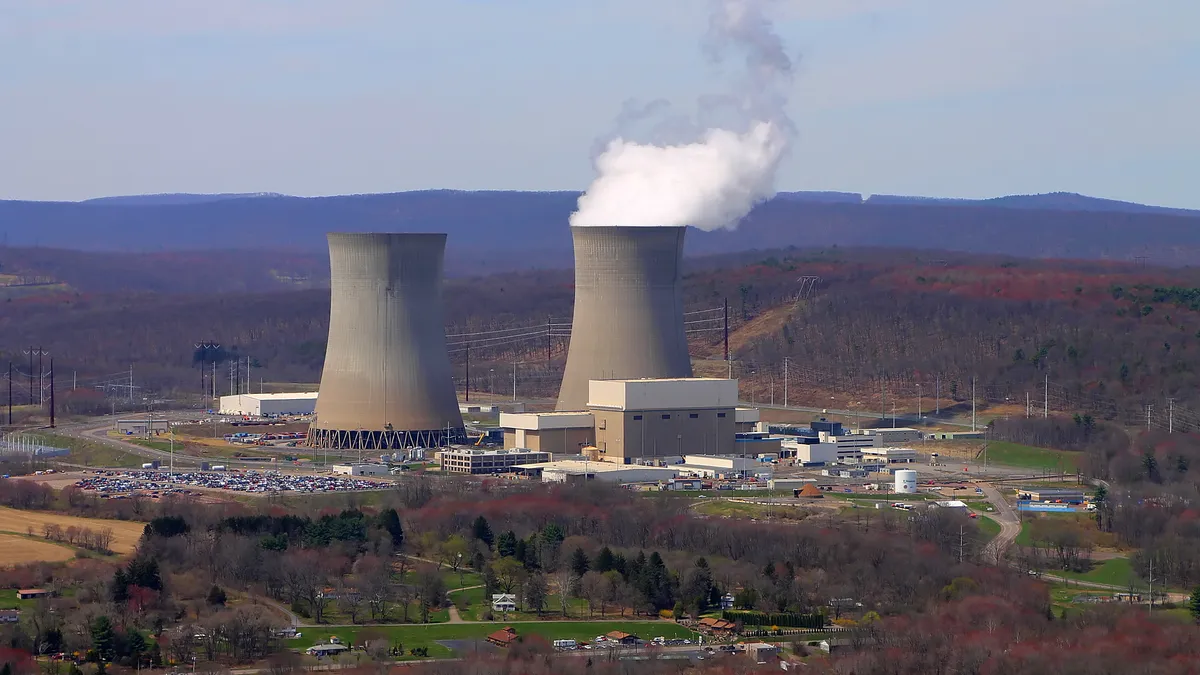The following is a guest post written by Arvin Ganesan and Suedeen Kelly. Ganesan is vice president of federal policy for Advanced Energy Economy. Kelly is chair of the energy regulation, markets, and enforcement practice at Akin, Gump and a former commissioner of FERC. If you would like to submit a guest post, please review these guidelines.
In 2015, the U.S. advanced energy industry grew to $200 billion, up 29% since 2011. This is a result of ever-improving economics and performance. Demand side resources like energy efficiency and demand response are already more cost-effective than building new power plants, and generation technologies like wind and solar continue to see precipitous drops in costs.
As we define it, advanced energy includes renewables, demand response, energy storage, building efficiency, advanced controls and metering, and a variety of grid technologies. With these options increasingly becoming the technologies of choice, what could stand in the way of advanced energy becoming the nation’s dominant source of electric power?
Here’s one thing: the rules of wholesale electricity markets that prevent advanced energy technologies from competing on cost and performance.
The rules of the road in competitive energy markets were written years ago, so they just don’t take into account the myriad innovative technologies now available to the electricity system. In markets like the one managed by PJM Interconnection, advanced energy technologies are on less than equal footing with traditional generation, even though they offer additional benefits to the grid and to consumers. By limiting the ability of advanced energy technologies to compete, these anachronistic rules deny the grid the cost-effective and efficient reliability and resiliency benefits these new options can provide. That leaves customers paying for more expensive solutions.
The Federal Energy Regulatory Commission (FERC) has taken notice, at least with regard to barriers facing one advanced energy option – energy storage. Recognizing that energy storage is a fast-growing, potentially game-changing technology, FERC recently launched an inquiry asking the grid operators (Regional Transmission Organizations and Independent System Operators) under its jurisdiction to identify where their tariffs create obstacles for energy storage.
We applaud FERC for this action, and urge them to take their examination further. We think the Commission should perform a nationwide assessment of barriers to competition, innovation, and, not coincidentally, advanced energy technologies, across the board.
We have begun this analysis ourselves. We have started by looking at PJM Interconnection, a grid operator that has shown leadership in incorporating new technologies, but whose tariffs still present barriers to the full participation of advanced energy in its markets.
PJM’s rules generally assume, and thus effectively require, that all grid resources have a similar operational profile to traditional power plants. But the greatest strength of many advanced energy technologies, like demand response, distributed generation, and storage, is that they offer different operating characteristics than traditional generation; that strength deserves to be recognized in the electricity market, not dismissed because of it.
For example, PJM recently adopted a new definition of “Capacity Performance.” This definition, targeted at traditional resources, penalizes capacity resources unless they are available on short notice and for indefinite lengths of time. The idea is to ensure reliability by requiring generation to be available any time it is needed in an emergency, and for however long.
That approach inadvertently leaves valuable resources out of the competition. Energy storage, for instance, is perfect for responding on short notice, as it is “instant on” and can be dispatched faster than many power plants, which typically need to be ramped up to full generating capacity. But storage and similar short-duration resources are disqualified from the capacity market, because they are not able to operate indefinitely, needing time to recharge.
Similarly, rules developed to limit the market power of large generators can backfire, excluding non-traditional technologies and reducing competition, when applied to some advanced energy technologies. For example, a battery array that discharges when dispatched by the RTO/ISO should not be penalized for not offering service into the market while it is recharging. (System operators currently require unlimited dispatch times.) Similarly, advanced distributed generation technologies like fuel cells, given their relatively small size and targeted deployment for specific grid needs, should not be subject to a minimum-offer price rule simply because they are “natural gas-fired.”
Finally, many advanced energy technologies are small, distributed solutions that are often first adopted by utility customers, who locate these resources behind their meter. These same resources, when not being used by their host to meet energy and capacity needs, could offer ancillary services to the grid. However, PJM’s rules do not provide them with an opportunity to participate in the market except as “demand response.” This limitation denies the grid the benefits of their finely tuned operational controls as well as their addition to capacity reserves.
We hope that after FERC completes its inquiry into market barriers to energy storage deployment, the Commission will initiate a broader look at impediments to other advanced energy technologies. Advanced energy technologies can compete on cost and performance with traditional grid resources, and they deserve the opportunity. We believe they will provide welcome benefits to the grid, the electricity marketplace, and electricity customers.






















